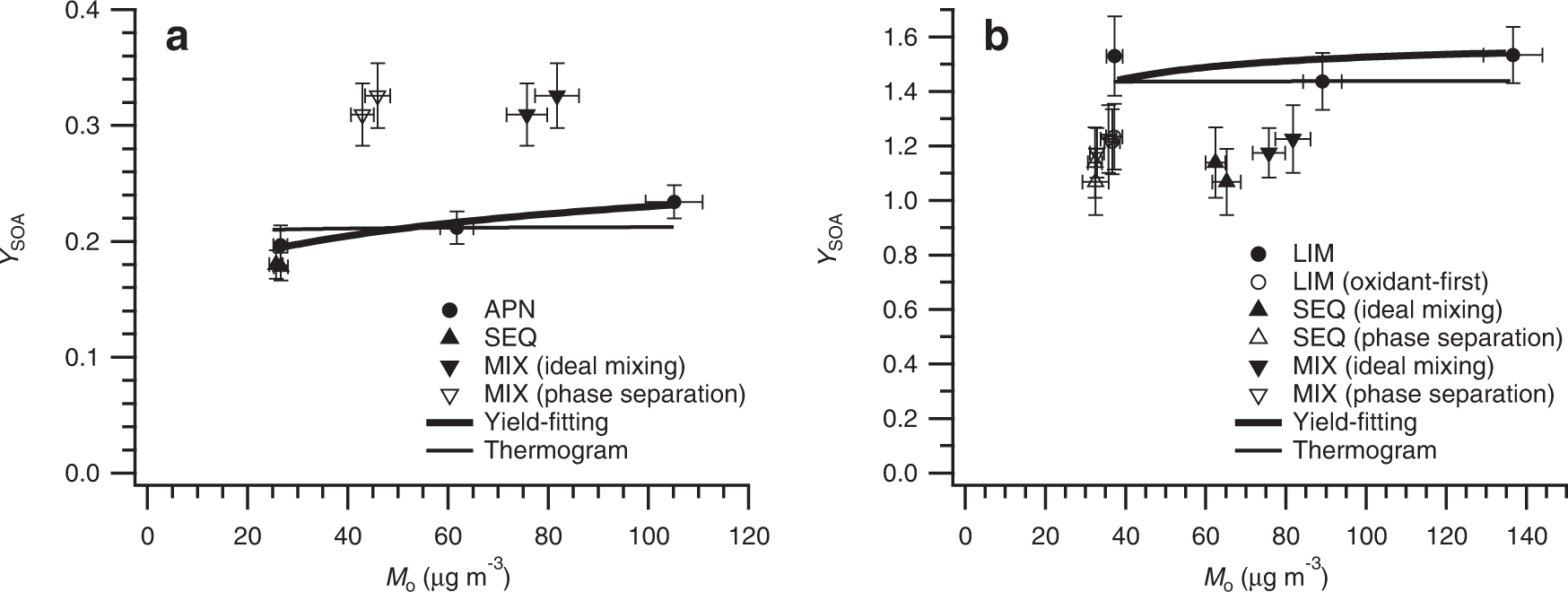2023-01-31 スイス連邦工科大学ローザンヌ校(EPFL)
◆自律走行技術はすでに多くの量産車に搭載され、車線の中央維持など、人間のドライバーに操舵補助を提供しています。しかし、自動運転の安全性に関するデータはほとんどないため、自動運転に車両の制御を任せすぎると、人間のドライバーによる離脱が事故のリスクを高めるなど、良いことよりも悪いことの方が多いことが分かっています。
◆現在、同研究室の研究者たちは、日本のステアリングシステムサプライヤーである株式会社ジェイテクトと共同で、人間とロボットのさまざまなインタラクションを統合したハプティクスベースの自動運転システムを開発し、走行テストに成功しています。研究者らは、このアプローチにより、自動運転の安全性だけでなく、自動運転に対する社会的受容性を高めることができると期待しています。
◆現在の自動運転システムは、カメラからの情報のみを感覚入力としていますが、研究者たちは、車のステアリングコラムからの情報を統合した、より総合的なアプローチを行っています。また、現在の自動運転システムは、スイッチを入れるか入れないかのどちらかですが、このシステムでは、ドライバーと自動運転が継続的に関わるようになります。
◆次に、ドライバーが車両を操作する際、システムは、進化する道路上の状況に応じて、異なる相互作用モードの間で仲裁、または移動を行います。例えば、突然の衝突の脅威を回避するために、協調モードから競争モードに切り替えることがあります。
◆最後に、同じ制御フレームワークの中で、システムは「包含」機能を統合しています。例えば、ドライバーがハンドルを切るなどの介入をした場合、それをオーバーライドとして認識しスイッチを切るのではなく、車両の軌道を再計算します。
◆研究チームは、このシステムを検証するために、バーチャルドライバーと人間のドライバーによるパワーステアリング分離型システムのシミュレーション実験、フルドライビングシミュレーター、さらには改造したテスト車両によるフィールドテストなどを展開しました。フィールドテストは、三重県にあるジェイテクトのテストコースで、5人のドライバーが参加し、外部コントローラを介して研究者のシステムを一般的なセダンに接続して実施されました。
◆その結果、協調操舵によるドライバーの快適性向上と労力軽減に大きな可能性があることが確認されました。
<関連情報>
- https://actu.epfl.ch/news/autonomous-steering-system-keeps-human-drivers-eng/
- https://www.nature.com/articles/s44172-022-00051-2
自動運転のためのハプティクスに基づく多段階協調操舵制御 Haptics based multi-level collaborative steering control for automated driving
Tomohiro Nakade,Robert Fuchs,Hannes Bleuler & Jürg Schiffmann
Communications Engineering Published:23 January 2023
DOI:https://doi.org/10.1038/s44172-022-00051-2

Abstract
Increasing the capability of automated driving vehicles is motivated by environmental, productivity, and traffic safety benefits. But over-reliance on the automation system is known to cause accidents. The role of the driver cannot be underestimated as it will ultimately be the most relevant aspect for trust building and social acceptance of this technology. Here we introduce a driver-oriented automation strategy to achieve collaborative steering. Our approach relies on three major functionalities: interaction, arbitration, and inclusion. The proposed control strategy is grounded in the concept of shared control enabling driver intervention over the automation without deactivation. Well-defined physical human-robot interaction types are made available with the arbitration strategy. The automated driving trajectory is adapted to include the driver intent into the tactical level of trajectory planning. This enables driver initiated rerouting and consistent coordination of all vehicle actuators. In this way, automated vehicles, which rely on sight only, are augmented with the incorporation of the driver intent. The driver is neither replaced by nor excluded from the automation, rather their role remains active to the benefit of trust building and driving safety.



